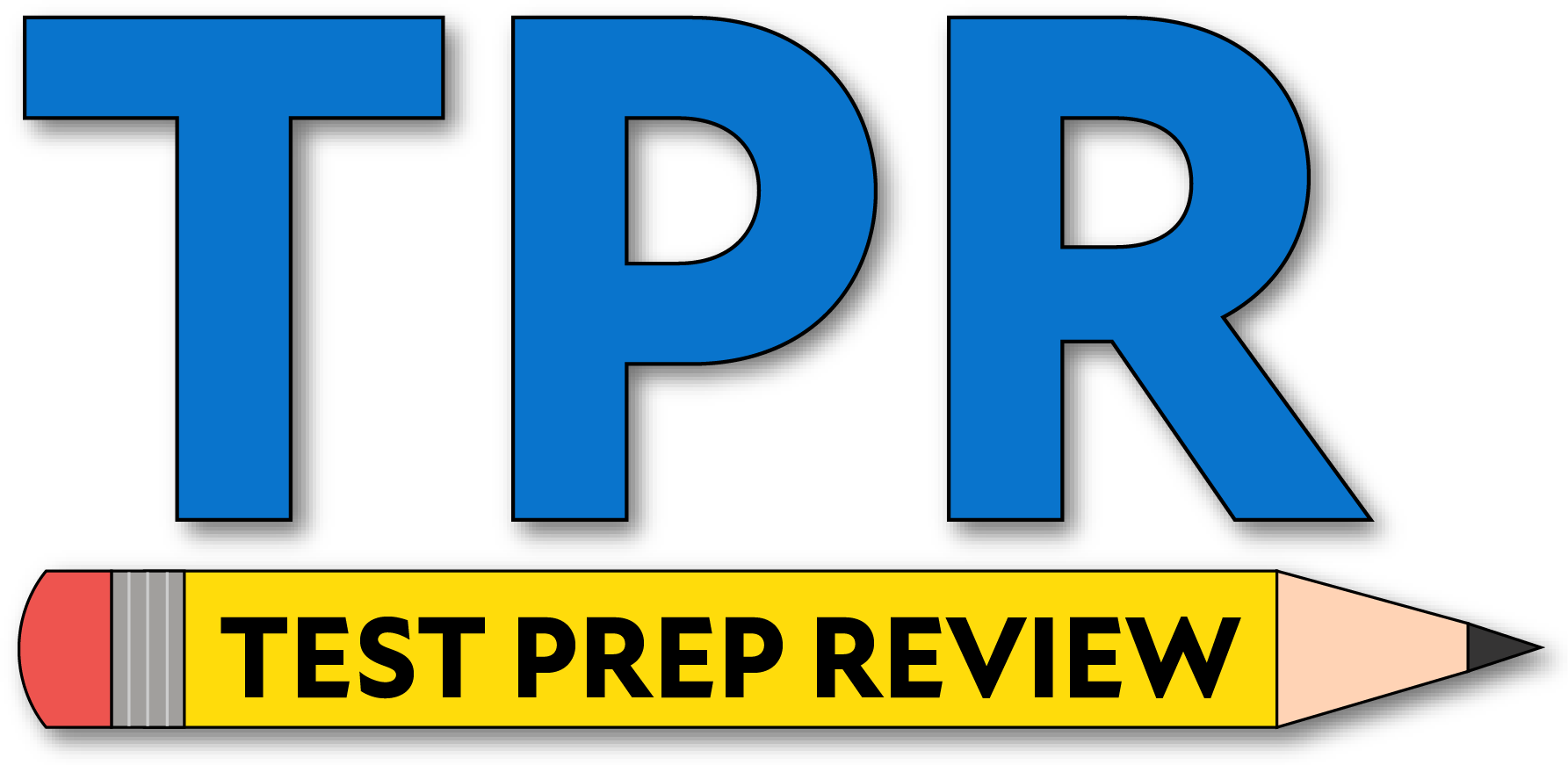- Which of the following is NOT a specific element of duodenal ulcers?
- They primarily affect males.
- They are almost never malignant.
- They can lead to weight gain.
- They affect people over 65.
Duodenal ulcers classically affect younger patients and have a male predominance. Pain often improves with meals, so weight gain can occur, and duodenal ulcers are almost never malignant. Affecting people over 65 is more characteristic of gastric ulcers, not duodenal ulcers.
- Which of the following does NOT apply to hepatitis C?
- There is no vaccine available.
- It may be transmitted with sexual contact.
- It causes inflammation of the liver.
- People that have it carry it their entire lives.
There is currently no vaccine for hepatitis C. It can be transmitted via blood and, less efficiently, through sexual contact, and it causes hepatitis. However, people do not necessarily carry it for life.
- Which of the following vitamins is not stored in the liver?
- Vitamin A
- Vitamin B12
- Vitamin C
- Vitamin D
Vitamin C is water-soluble and not stored to a significant extent in the liver.
Vitamins A and D are fat-soluble and stored in the liver. Among B vitamins, B12 is notably stored in the liver for years.
- Which of the following is NOT a contributor to ascites?
- Elevated levels of aldosterone
- Portal hypertension
- Low levels of albumin
- Elevated levels of angiotensin I
Ascites in cirrhosis is driven by portal hypertension, renal sodium and water retention mediated by aldosterone, and low oncotic pressure from hypoalbuminemia.
- Which of the following drugs is a histamine blocker and reduces levels of gastric acid?
- Omeprazole
- Metoclopramide
- Cimetidine
- Magnesium hydroxide
Cimetidine is an H2 receptor blocker that decreases gastric acid secretion.
- Which of the following drugs is an antacid?
- Omeprazole
- Metoclopramide
- Cimetidine
- Magnesium hydroxide
Magnesium hydroxide is an antacid that neutralizes gastric acid.
- Which of the following drugs is a dopamine antagonist?
- Omeprazole
- Metoclopramide
- Cimetidine
- Magnesium hydroxide
Metoclopramide is a dopamine D2 receptor antagonist that enhances gastric emptying and acts as an antiemetic.
- What is another name for the Whipple procedure?
- Cholangiopancreatography
- Pancreatoduodenectomy
- Cholangiogram
- Cholecystogram
The Whipple procedure is a pancreatoduodenectomy. It is a resection of the pancreatic head, duodenum, gallbladder, and part of the bile duct (with reconstruction).
- Which of the following microorganisms has been linked to parotitis?
- Staphylococcus aureus
- Schistosoma
- Wuchereria bancrofti
- Trypanosoma cruzi
Acute suppurative parotitis is commonly due to Staphylococcus aureus. The other options are parasites unrelated to parotid infection.
- What type of cell releases somatostatin?
- B cells
- A cells
- Plasma cells
- D cells
D cells release somatostatin, which inhibits the secretion of many hormones, including insulin, glucagon, and gastrin.
- What type of cell releases glucagon?
- B cells
- A cells
- Plasma cells
- D cells
A cells release glucagon, which raises blood glucose by promoting glycogenolysis and gluconeogenesis.
- What type of cell releases insulin?
- B cells
- A cells
- Plasma cells
- D cells
B cells release insulin, which lowers blood glucose by promoting cellular uptake and storage of glucose.
- What is another name for the Billroth II procedure?
- Gastrojejunostomy
- Gastroduodenostomy
- Cholangiogram
- Cholecystogram
Billroth II is a gastrojejunostomy, which is a partial gastrectomy with an anastomosis from the stomach to the jejunum.
- What is another name for the Billroth I procedure?
- Gastrojejunostomy
- Gastroduodenostomy
- Cholangiogram
- Cholecystogram
Billroth I is a gastroduodenostomy, which is a partial distal gastrectomy with a direct anastomosis to the duodenum.
- Which of the following arteries supplies blood primarily to the midgut?
- IMA
- Celiac
- SMA
- Axillary
The superior mesenteric artery supplies the midgut. The celiac trunk supplies the foregut, and the inferior mesenteric artery supplies the hindgut.
- Which of the following is not considered a right of medication?
- Dose
- Time
- Route
- Limit
The core rights include right patient, drug, dose, route, and time. Limit is not one of the medication rights.
- What is another name for the myenteric plexus?
- Submucosal plexus
- Brachial plexus
- Auerbach’s plexus
- Lumbar plexus
The myenteric plexus is Auerbach’s plexus, located between the circular and longitudinal muscle layers and coordinating gut motility. The submucosal plexus is Meissner’s plexus.
- Which of the following enzymes breaks down starches to maltose?
- Amylase
- Lipase
- Trypsinogen
- Pepsin
Amylase hydrolyzes starches to maltose and other oligosaccharides.
Lipase digests fats, pepsin digests proteins, and trypsinogen is a zymogen (inactive precursor) of trypsin.
- Which of the following is not considered an H2 blocker?
- Ranitidine
- Famotidine
- Cimetidine
- Sucralfate
Ranitidine, famotidine, and cimetidine are H2 blockers that reduce acid secretion. Sucralfate is a mucosal protectant, not an H2 blocker.
- Which of the following drugs aids in gastric emptying?
- Cisapride
- Ranitidine
- Famotidine
- Tranylcypromine sulfate
Cisapride is a prokinetic that promotes gastric emptying via 5-HT4 agonism. Ranitidine and famotidine are H2 blockers, and tranylcypromine is an MAOI.
